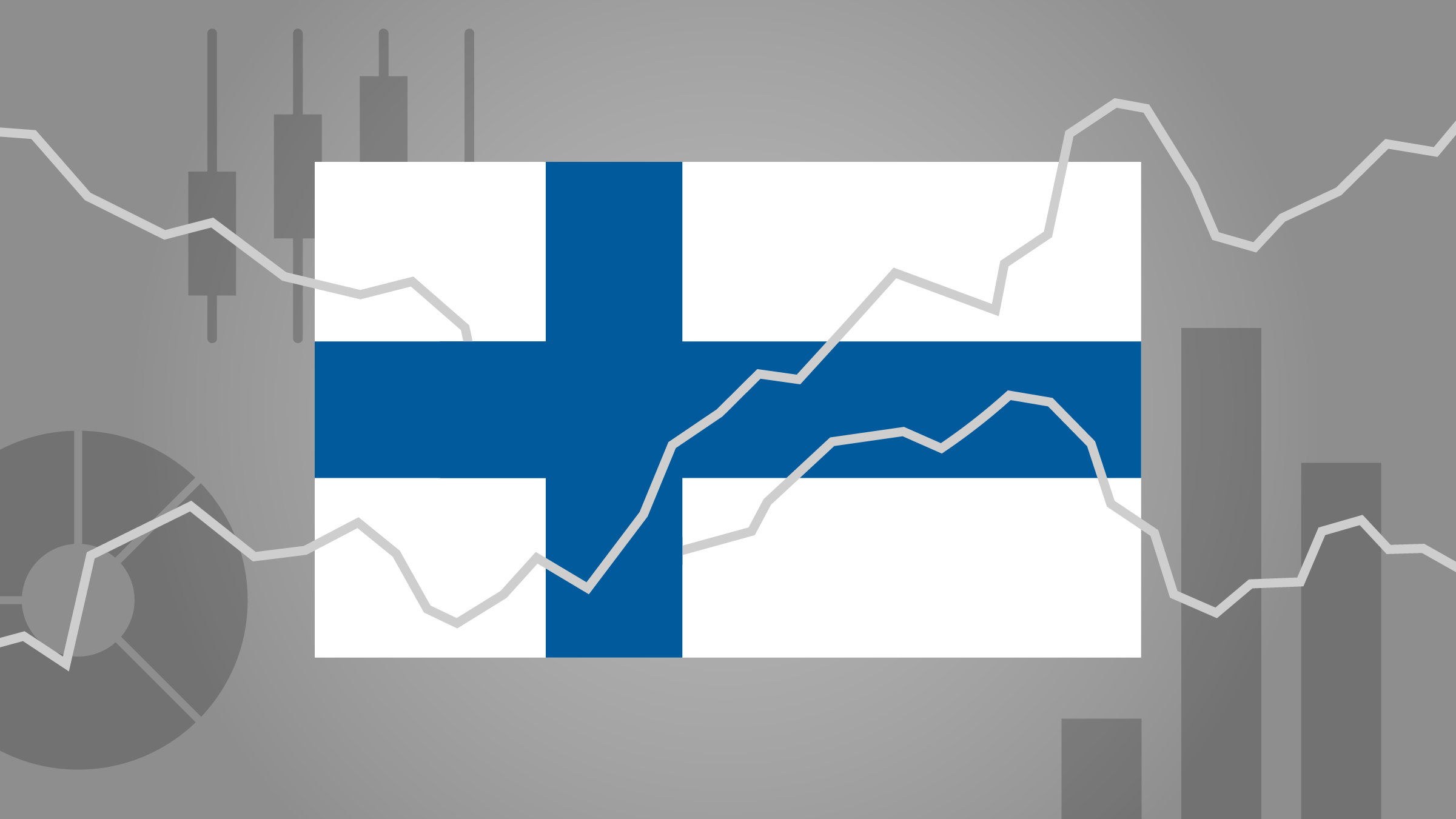Jeremy Glaser: For Morningstar, I'm Jeremy Glaser. Even after the United States averted default with the last-minute Congressional plan, the stock market continues to be very volatile. I am here today with Christine Benz; she's Morningstar's director of personal finance. And we'll take a look at what’s holding up, what’s not, and what investors should do. Christine, thanks for talking with me today.
Christine Benz: Good to be here, Jeremy.
Glaser: I guess the first question is we have seen a pretty big sell-off in stocks during the last few days. Are certain sectors performing better than others? Are there areas that are really holding up?
Benz: Well, it’s a pretty short list. So, as you might expect or maybe not expect, U.S. Treasury bonds have actually performed pretty well, even though there was a lot of concern about how they would behave in the face of this debt-ceiling impasse. They have actually been a pocket of relatively strong performance, particularly long Treasuries, but within stocks, the pain has really been quite widespread.
So I was looking for pockets of strength. It does appear that what we call defensive sectors have outperformed the more cyclically or economically sensitive sectors, and also large caps have outperformed small caps. But really, if you've had stocks, you probably had losses during the past week.
Glaser: And looking at such a broad-based sell-off, it seems like the investors are concerned, not only about the deficit and about the debt ceiling, because even after those concerns lifted, stocks still performed pretty badly.
It seems like there is just general malaise when it comes to people looking at the economy. The economic data have looked pretty bad, and we haven’t really had a sign of any employment recovery. Hopefully this week we will start to see some upturn, but I don’t think there is a lot of hope that that’s going to happen, as well.
Do you think that people are just focusing on a weak economy, and that's kind of completely separate from what just happened in Washington?
Benz: It’s hard to say, but I do agree with you, Jeremy, that probably the main factor weighing on the market is not so much some of the troubles that we’ve seen in Washington, but actually the weak economic data and kind of a steady stream of it that we seem to see.
So, I do think that investors are probably responding to that, and one thing that we both keep an eye on is, valuations of stocks aren’t especially cheap. So I think investors coupled with the weak economic news have seen this as a reason to sell a little bit.
Glaser: So if it’s really a fundamental rally and people are worried about the economy, if we looked at some areas that are traditionally seen as defensive, maybe health care or consumer staples, they are not performing particularly well either?
Benz: That was one thing I took a look at. For health care, you and I discussed offline, there is some concern about cost containment, and that's been weighing on that sector. But even consumer staples, which you might expect to be relatively impervious in the face of economic weakness, haven't performed all that well. And one thing that we’ve both observed during this most recent recession is the tendency for consumers to trade down when they are feeling like their budgets are stretched.
So they won’t necessarily reach for the Bounty paper towels or the name-brand Pampers, they will actually swap into the store-brand goods, and I think maybe that’s what investors in consumers staples are thinking
Glaser: So, we have a lot of concerns about the economy. We still have some lingering potential for a sovereign debt downgrade potentially from Standard and Poor's in the coming weeks. Given all of this, what do you think inventors should do with their portfolios? They have money on the sidelines now, so is this a good time to jump into stocks?
Benz: Well, I think that definitely market environments like this are when you make your money and that periods like this do create opportunities. So, I do think that I usually am in favor of a slow-but-steady approach into stocks, not this all or nothing mentality that inventors want to embrace sometimes.
So, my advice is to dribble money into the markets slowly if you still have cash sitting on the sidelines. And you also want to just maintain diversified portfolios and maintain that long-term mind-set rather than getting overly concerned about some of the near-term headlines, even if they are a little scary.
Glaser: I think a phenomenon that we've noticed for a long time that continues to be true today is that wide-moat stocks of those companies that are a little bit larger and have great sustainable competitive advantages look cheaper than ones with narrow moats or ones with no moat.
I think that maybe investors are looking at these wide-moat companies. These companies would be able to pass along price increases if we do see inflation. They might be able to hold up a little bit better than narrow- or no-moat firms in the recessionary environment, and they are still looking a little bit cheaper, which is good news for people who want to start dribbling that money back in.
Benz: That makes total sense to me because when you think about it, all things being equal, those wide-moat companies should be trading at a premium to the broad market, and what our analysts have seen for a while now is that they appear to be trading at slight discounts. So, I agree with you that it could represent a pretty good entry point into some of those companies.
















